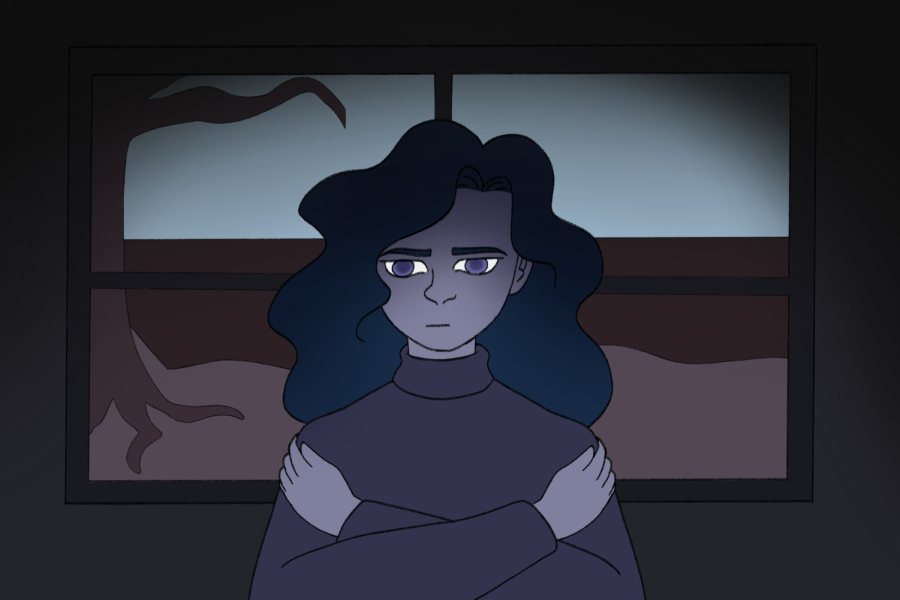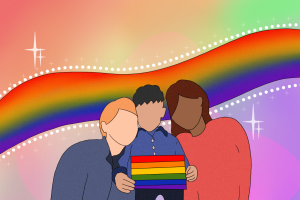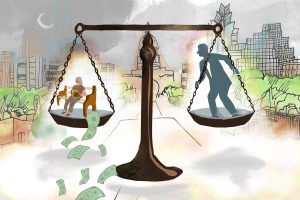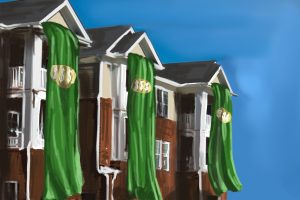Seasonal affective disorder is real, treatable
November 8, 2022
Each year, about 5% of Americans will experience seasonal affective disorder (SAD), a type of seasonal depression that is especially prevalent during fall and winter months when there is less sunlight. However, it’s more than just a case of the winter blues; it’s persistent, cyclical and relentless.
Lack of sunlight disturbs one’s internal clock and disrupts melatonin and serotonin production. This explains why people who experience SAD might feel fatigued, depressed and crave carbohydrates. It also gives insight as to what might help treat symptoms.
Aiden Morales, a social work senior, began to experience SAD symptoms as the days got progressively shorter.
“I just don’t have much energy to get up and move around and (I) experience a lot more executive dysfunction issues and (less) motivation to even take care of myself,” Morales said. “Even daily hygiene can be hard sometimes; it feels like a mountain … whereas during the rest of the months, it’s all right.”
As Morales mentioned, students who experience SAD might struggle to complete school work, feel lonely and find themselves sleeping more. But they aren’t alone, and there are ways to treat the symptoms students are experiencing.
Light therapy, medication and cognitive behavioral therapy have been generally recognized by the mental health community as effective treatments for SAD. However, these treatments can be costly and thus not easily accessible to students.
Dr. Ginny Maril, Associate Director for Clinical Services at the UT Counseling and Mental Health Center, says students can find relief through basic self-care.
“Am I drinking enough water? Am I eating food that my body likes? Am I getting sleep? It comes down to those basic things where you can physiologically care for yourself because our minds and our bodies are always talking to each other,” Dr. Maril said.
Socialization is another critical component of SAD symptom treatment. It may seem tempting for students to hibernate when they feel extra low, but being around others and feeling connected will help ease SAD symptoms.
Students who struggle with SAD are not alone, and there are ways to feel better. However, treating and managing SAD is a community-wide effort. Professors must be willing to understand how SAD affects motivation. Students should actively reach out and check in on their friends who are affected.
Ultimately, those who are affected by SAD must be proactive about self-care and seeking help.
If the tips mentioned above aren’t cutting it, or students need more support, they can reach out to Counseling and Mental Health Center (CMHC) on campus for counseling and additional resources. They are aware of the prevalence of SAD and want to provide support to students.
SAD is real and pervasive, but there are solutions.
For students who may not feel comfortable going to CMHC, Dr. Maril advises downloading My Student Support Program (SSP).
“It’s an app that students can download that connects them with real-time chat or phone counselor support,” Dr. Maril said. “Someone could call there if they didn’t want to come to the (Student Services Building) and get some professional advice from them.”
This winter doesn’t have to be all dark and dreary. Students can utilize campus resources to alleviate symptoms and lift each other up this winter season.
Lawrence is a social work senior from Austin, Texas.
















